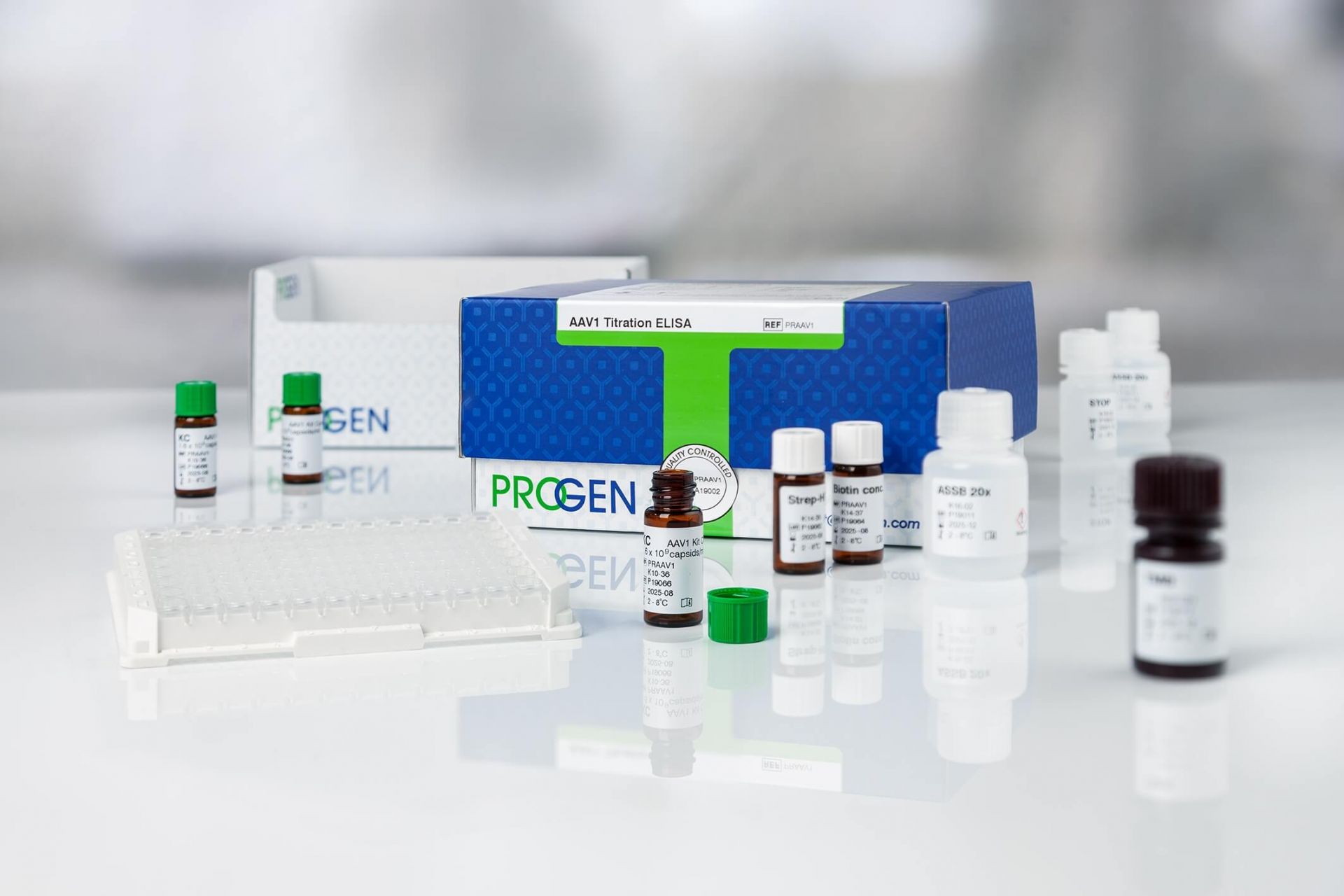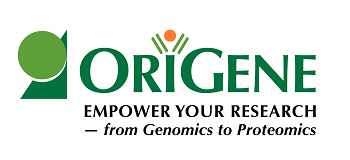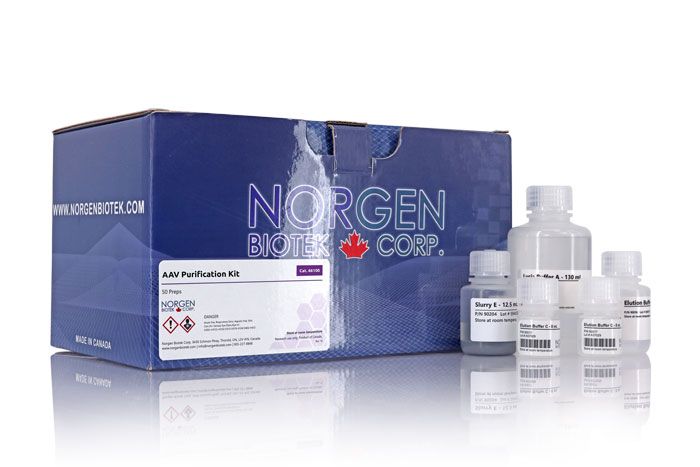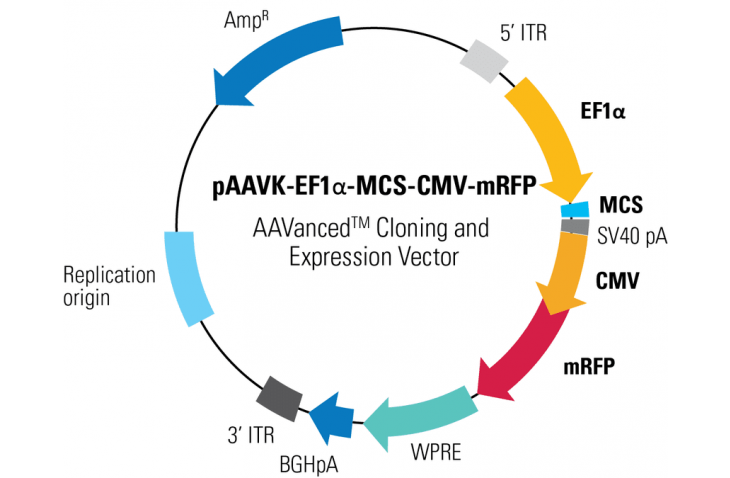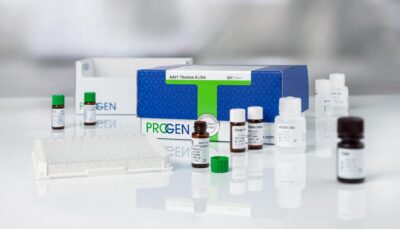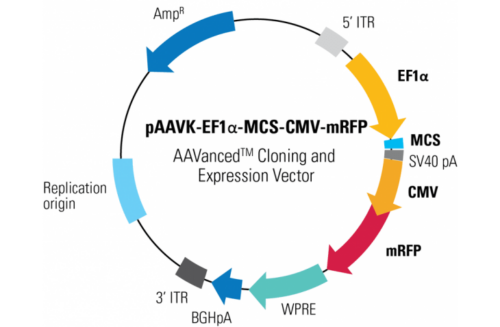Understanding AAV¹
The adeno-associated virus (AAV) is a small (25 nm), non-enveloped virus of the parvoviridae family, including 12 different AAV serotypes. In the parvoviridae family it belongs to the genus dependoparvovirus, because it needs the presence of a helper virus for replication and assembly. The icosahedral AAV capsid composed of the capsid proteins VP1, VP2 and VP3 contains a linear, single-stranded DNA genome of 4.7 kb.
The AAV genome is flanked by two inverted terminal repeats (ITRs) and consists of two open reading frames (ORF): the rep and cap ORF. The ITRs are 145bp palindromes, GC rich and essential for packaging the viral DNA, replication, transcription and site-specific integration. The rep gene encodes the four rep proteins: rep78, rep68, rep52, rep40, which are expressed with the help of two promoters and alternative splicing. The rep proteins are essential for DNA replication, packaging the viral genome and its integration into the host DNA.
The viral capsid proteins VP1, VP2 and VP3 (87kDa, 72kDa, 62kDa) are encoded by the cap gene containing three alternative start codons, one for each of the capsid proteins. The AAV capsid is formed by a composition of 60 VP proteins in a 1:1:10 ratio (VP1:VP2:VP3). Cap also codes for the assembly activating protein AAP and membrane-associated accessory protein MAAP.
¹Source: Progen

